Beautiful.
Dassault chooses the annual Abaqus user conference to mark its entry into science.
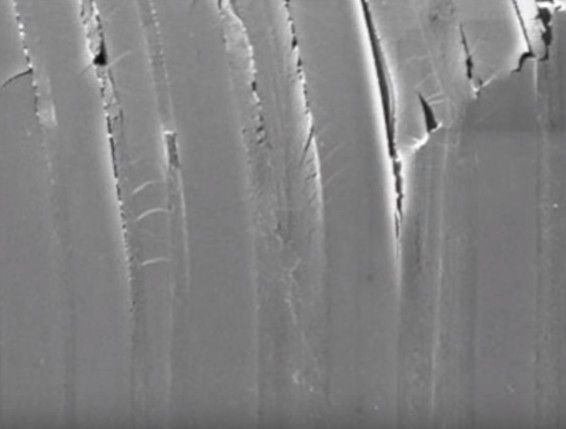

It’s funny, because even in the space industry, it isn’t every day that you get to work on a really far reaching idea. At Made In Space the vast majority of our engineering energy goes to concepts that will be operational hardware within 5 years. We like to talk about the future a lot, and there is a great deal of whiteboard engineering of what space colonies will look like or what the constraints to manufacturing on Enceladus would be. But we don’t usually get to work directly on the long term stuff. Thanks to the NIAC program, we’ll be doing some of that work.
NASA’s Innovative Advanced Concepts (NIAC) program awards research grants with the intent of studying out-of-the-box ways that space exploration might be done differently. Most of the focus is longer horizon stuff that would be operational on 10+ year timescales. Made In Space recently proposed a new vision for exploring and using asteroids and was awarded a NIAC grant. This is what we proposed.
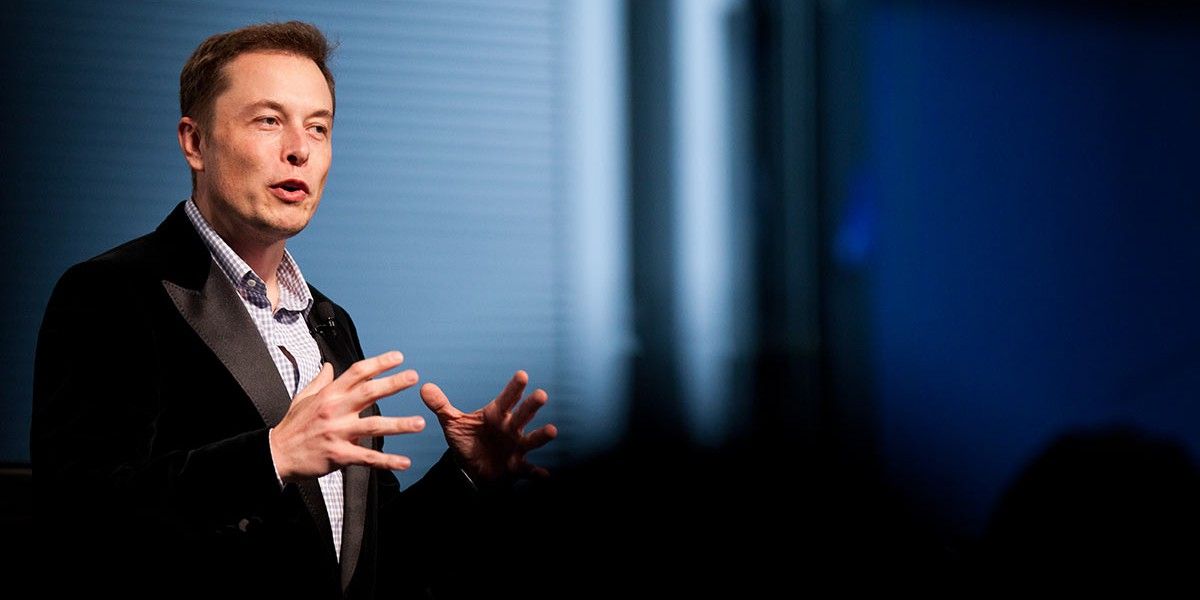
Tesla’s 2016 Shareholders Meeting yesterday was an unusual one. CEO Elon Musk and CTO JB Straubel were on stage for close to 4 hours and went through the bulk of Tesla’s history – recounting stories from the early days with longtime employees of the automaker.
We already reported on important nuggets of information the execs released about the Gigafactory and the Model 3 during the event, but what probably stands out the most from the event – from my perspective at least – is Musk’s rant about the importance of the “machine that makes the machine.”
The CEO said that he recently – in the last 2 or 3 months – came to the realization that the potential for improvement is at least a factor of 10 greater in manufacturing vehicles than in the actual vehicle engineering.
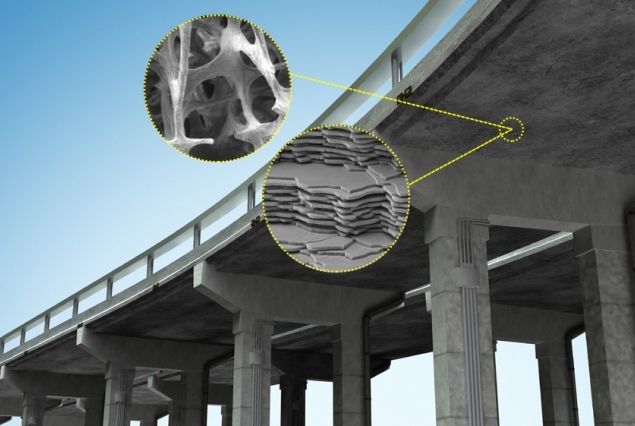
Researchers at MIT are seeking to redesign concrete — the most widely used human-made material in the world — by following nature’s blueprints.
In a paper published online in the journal Construction and Building Materials, the team contrasts cement paste — concrete’s binding ingredient — with the structure and properties of natural materials such as bones, shells, and deep-sea sponges. As the researchers observed, these biological materials are exceptionally strong and durable, thanks in part to their precise assembly of structures at multiple length scales, from the molecular to the macro, or visible, level.
From their observations, the team, led by Oral Buyukozturk, a professor in MIT’s Department of Civil and Environmental Engineering (CEE), proposed a new bioinspired, “bottom-up” approach for designing cement paste.

Wonderful! We’re well on our way of making QC more available on many devices in the near future.
Creating quantum computers which some people believe will be the next generation of computers, with the ability to outperform machines based on conventional technology—depends upon harnessing the principles of quantum mechanics, or the physics that governs the behavior of particles at the subatomic scale. Entanglement—a concept that Albert Einstein once called “spooky action at a distance”—is integral to quantum computing, as it allows two physically separated particles to store and exchange information.
Stevan Nadj-Perge, assistant professor of applied physics and materials science, is interested in creating a device that could harness the power of entangled particles within a usable technology. However, one barrier to the development of quantum computing is decoherence, or the tendency of outside noise to destroy the quantum properties of a quantum computing device and ruin its ability to store information.
Nadj-Perge, who is originally from Serbia, received his undergraduate degree from Belgrade University and his PhD from Delft University of Technology in the Netherlands. He received a Marie Curie Fellowship in 2011, and joined the Caltech Division of Engineering and Applied Science in January after completing postdoctoral appointments at Princeton and Delft.

LAPEER COUNTY, MI – U.S. Army convoys are set to roll down the interstate in Lapeer and St. Clair counties as part of a first-time testing of driverless military vehicle equipment on public roadways in the state.
If successful, officials say the technology that may save the lives of soldiers thousands of miles away.
Representatives from the U.S. Army Tank Automotive Research Development and Engineering Center, or TARDEC, and Michigan Department of Transportation met with residents in Imlay City and Capac on May 23 to discuss the testing scheduled for late June along Interstate 69.

Editor’s note: This is a guest post by Matt O’Brien.
As the hype and pessimism around blockchain technology converge toward reality over the next several years, one certainty emerging among Wall Street and Main Street traders is that advancements in platform technology will profoundly change how commonly used securities known as derivative contracts will be traded. The distributed ledgers inconceivable just a couple of years ago are on the precipice of ushering in a new era of innovative financial engineering and precision in risk management.
Wall Street firms are beginning to tinker with blockchain and smart contract technology that will allow buyers, sellers and central clearing houses of derivative trades to share information, such as KYC (Know Your Customer), in real time across various distributed ledger platforms unleashing incredible efficiencies.
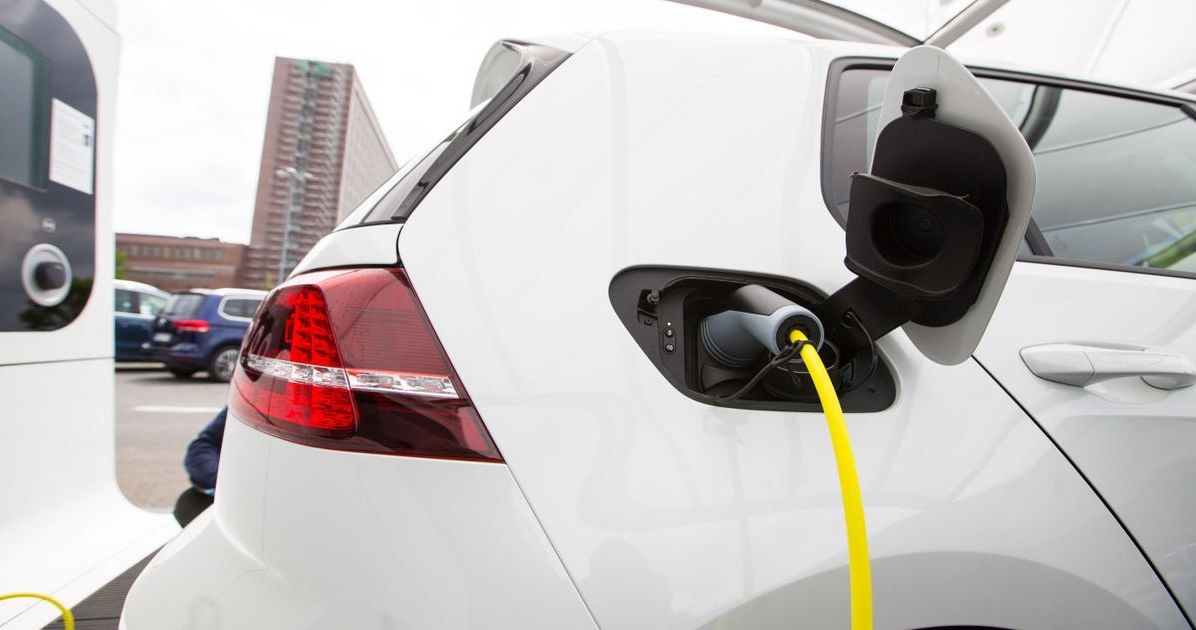
Any electric car maker worth its salt knows that their vehicles are only as good as the charging stations that keep them running… and that includes Apple, apparently. Reuters sources understand that Apple is asking charging station manufacturers about their technology for the sake of its oft-rumored electric car project. It’s not certain how deep the talks go or who’s involved (the companies certainly aren’t talking). However, NRG Energy issued a vague response noting that it’s talking to “every potential manufacturer of tomorrow.” We wouldn’t rule it out, then.
There’s more evidence than that. An unnamed worldwide engineering company has already offered to help Apple build charging stations, Reuters says. Meanwhile, Apple has publicly hired EV charging experts from BMW, Georgia Tech and Google.
If true, the approach is a logical fit for Apple. Part of Tesla’s success in EVs comes from its willingness to build a network of high-speed charging stations — you’re more likely to buy a Model S if you know that you can drive it long distances without spending hours waiting for a recharge. Apple may need that same kind of reassurance. And let’s not forget that Apple’s strategy revolves around controlling as much of the experience as possible. It only makes sense that the company would want optimized charging stations instead of leaving drivers to use generic stations that might not work as effectively.
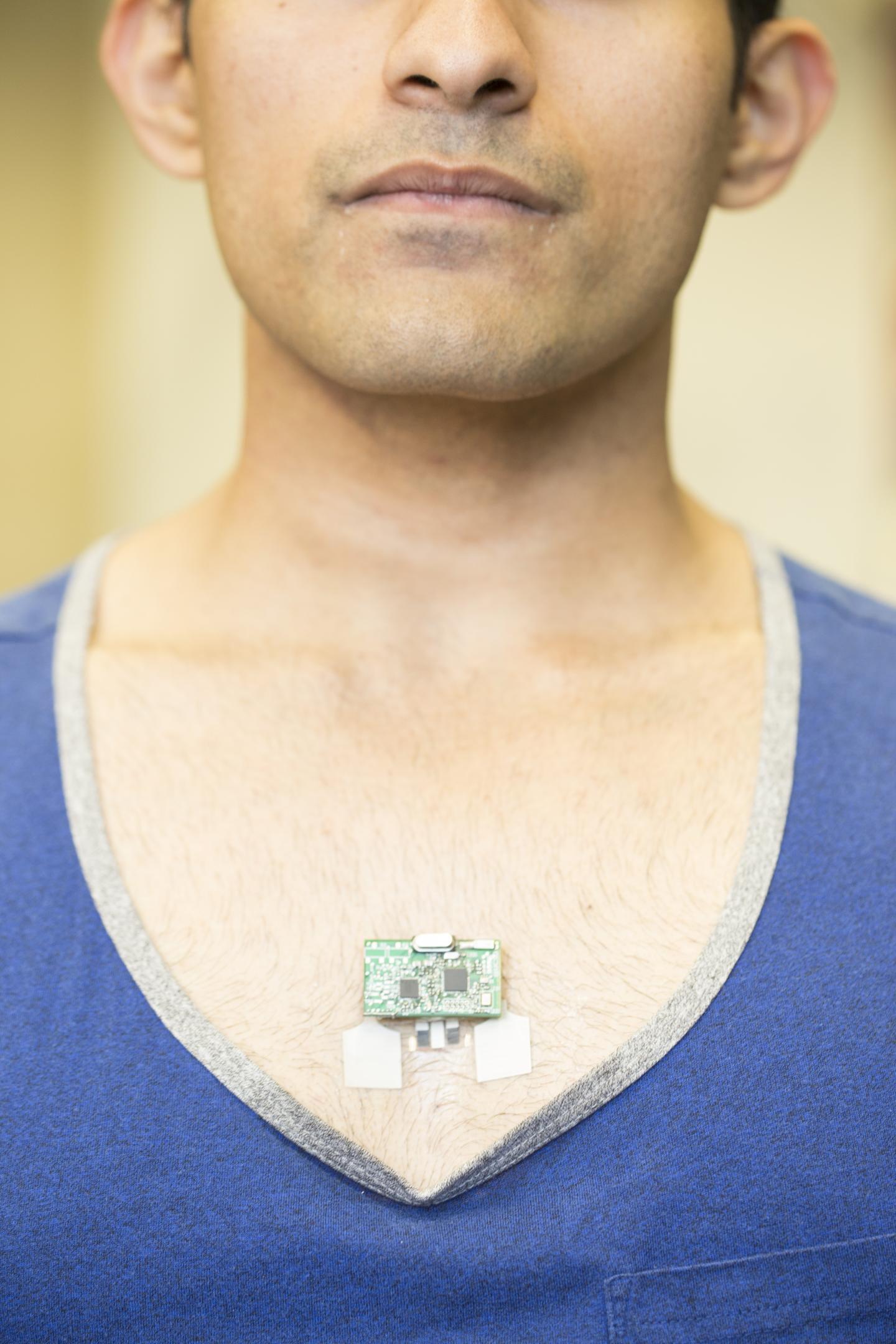
Engineers at the University of California San Diego have developed the first flexible wearable device capable of monitoring both biochemical and electric signals in the human body. The Chem-Phys patch records electrocardiogram (EKG) heart signals and tracks levels of lactate, a biochemical that is a marker of physical effort, in real time. The device can be worn on the chest and communicates wirelessly with a smartphone, smart watch or laptop. It could have a wide range of applications, from athletes monitoring their workouts to physicians monitoring patients with heart disease.
Nanoengineers and electrical engineers at the UC San Diego Center for Wearable Sensors worked together to build the device, which includes a flexible suite of sensors and a small electronic board. The device also can transmit the data from biochemical and electrical signals via Bluetooth.
Nanoengineering professor Joseph Wang and electrical engineering professor Patrick Mercier at the UC San Diego Jacobs School of Engineering led the project, with Wang’s team working on the patch’s sensors and chemistry, while Mercier’s team worked on the electronics and data transmission. They describe the Chem-Phys patch in the May 23 issue of Nature Communications.
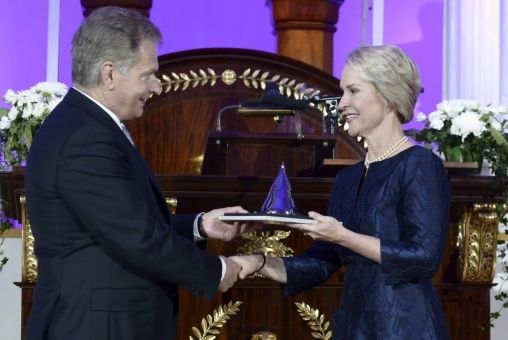
US biochemical engineer Frances Arnold on Tuesday won a million-euro technology prize in Finland for her work on “directed evolution”, a method of rewriting DNA to improve medicines and develop green fuels.
“Frances Arnold receives the 2016 Millennium Technology Prize in recognition of her discoveries that launched the field of ‘directed evolution’, which mimics natural evolution to create new and better proteins in the laboratory,” the Technology Academy Finland, which awards the prize at two-year intervals, said in a statement.
Arnold, 59, who is a professor of chemical engineering at California Institute of Technology, said her work made it possible to “solve human problems”, such as replacing toxic chemicals like fossil fuels.